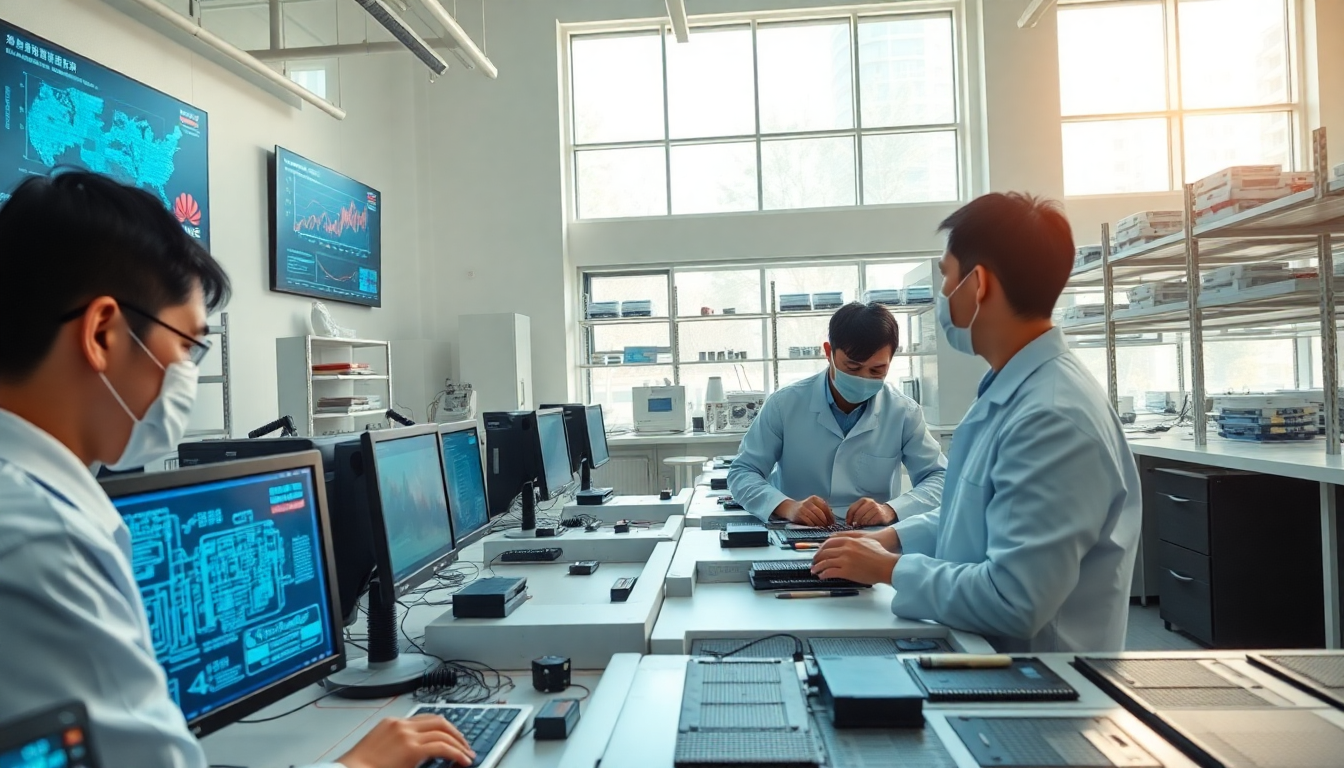Table of Contents
In a world teetering on the edge of technological warfare, Huawei’s Ren Zhengfei bursts onto the scene, declaring that China can achieve self-sufficiency in semiconductors. Does anyone really believe that? This isn’t just a tech story; it’s an audacious proclamation that comes amid a backdrop of spiraling tensions with the U.S. and the tech industry’s relentless push for supremacy. Ren, at 80, doesn’t seem to care about the skeptics. He assures us that China can not only catch up but exceed the rest of the world in computing capabilities, despite the fact that their semiconductor tech is apparently ‘one generation’ behind the U.S. You’ve got to hand it to him; that’s some serious confidence—or is it just bravado?
Ren’s confidence versus reality
As Ren confidently states, there’s no need to fret over China’s access to advanced chips. But let’s be real for a moment. Behind the bravado lies a darker truth: China is struggling to get its hands on cutting-edge chip-making technology, particularly the lithography systems from the Dutch company ASML. Can you imagine trying to build a house without a hammer? That’s what China is facing in the chip game. It’s all well and good to talk big, but actions speak louder than words, and right now, the actions are lacking. Speculation runs rampant about whether China has been secretly developing a self-sufficient semiconductor supply chain. But without the proper tools, that’s just a pipe dream, isn’t it?
Can Huawei’s chips really compete?
Industry insiders are having a field day, claiming that Huawei’s AI chips, loaded up with flashy software and algorithms, can hold their own. Liu Qingfeng, the chairman of iFlytek, recently gushed about how Huawei’s Ascend 910B chips are now clocking in at 73% efficiency compared to Nvidia’s A800 processors. Great, but let’s pump the brakes for a second. From 25% to 73% is impressive, sure, but does that mean they can actually compete on the global stage? It’s like being the fastest kid on the playground but still lagging behind the Olympic sprinter. You can’t just throw glitter on a turd and call it gold.
Huawei’s CloudMatrix: A desperate attempt?
Then we have Huawei’s CloudMatrix 384—a so-called comprehensive AI accelerator. Unveiled in April, it’s being pitched as a revolutionary solution to the limits of single-chip performance. But really, is this just a cover for the fact that they’re scrambling to catch up? It feels like a last-ditch effort to throw something out there before the competition leaves them in the dust. They’re trying to leverage their engineering know-how to overcome the limitations of their current chips, but let’s not kid ourselves—the road ahead is littered with obstacles.
So, what does this all mean? You’ve got a company that’s trying to play in the big leagues while still fumbling the basics. It’s like watching a toddler take its first steps but insisting it’s ready for a marathon. Ren’s bold statements may inspire some, but for the rest of us, it’s just another day in the world of tech hype. As we watch this unfold, one can’t help but wonder—are we witnessing the rise of a tech giant or just another case of smoke and mirrors?


